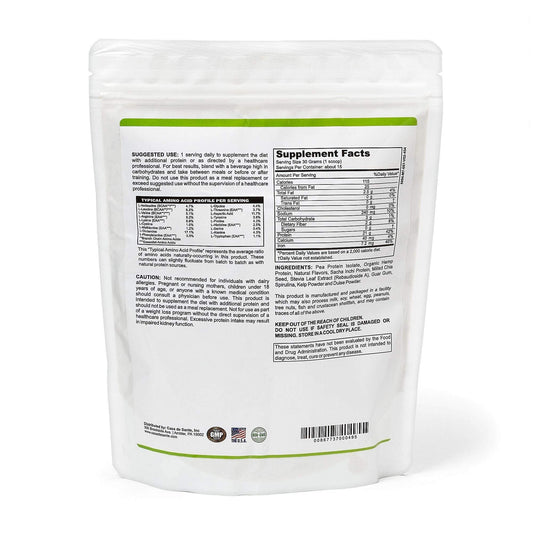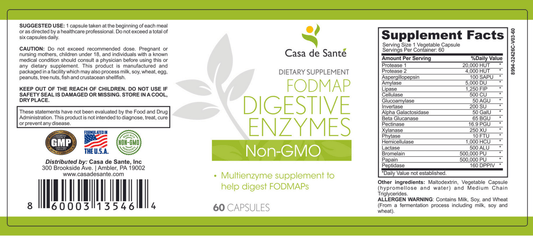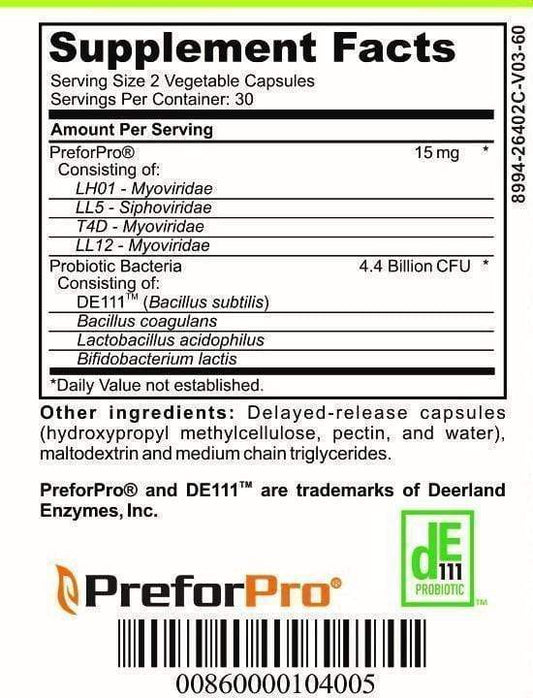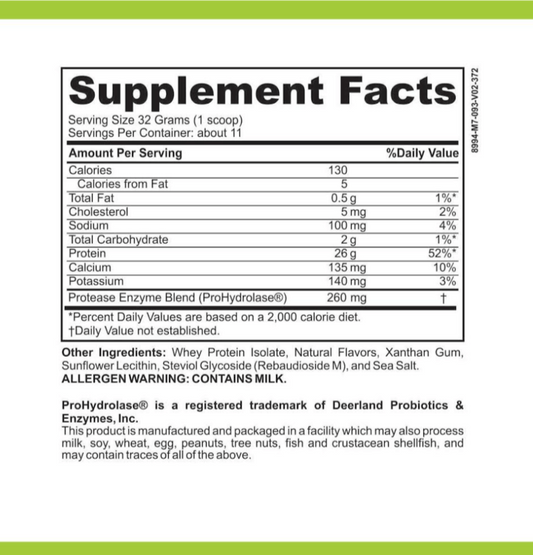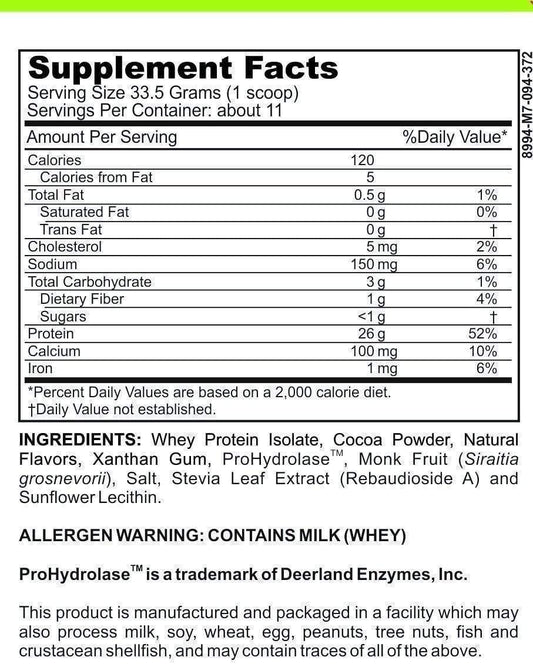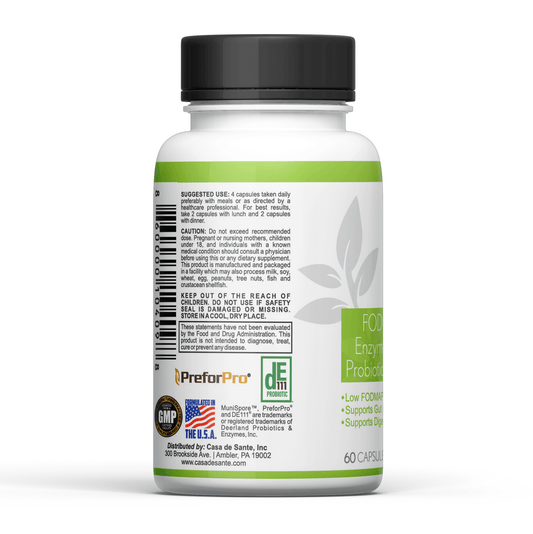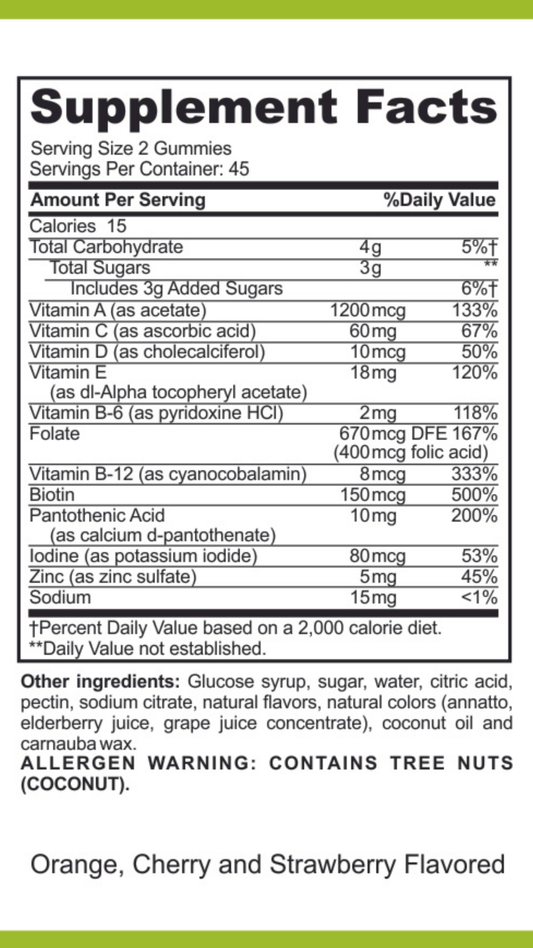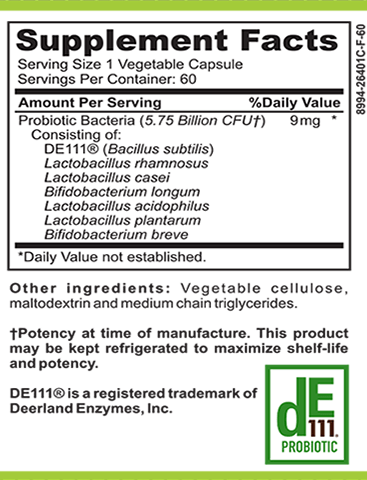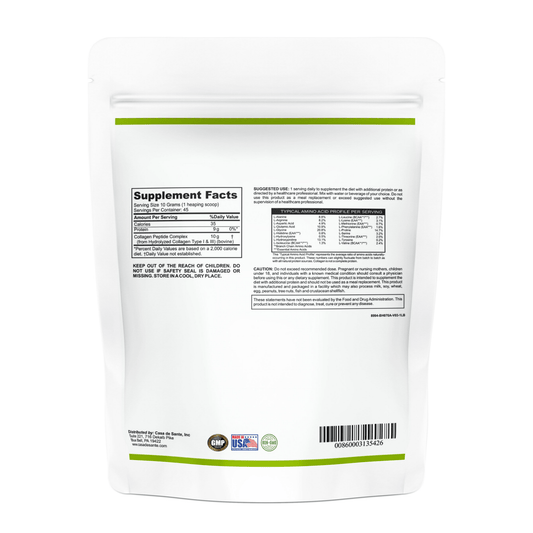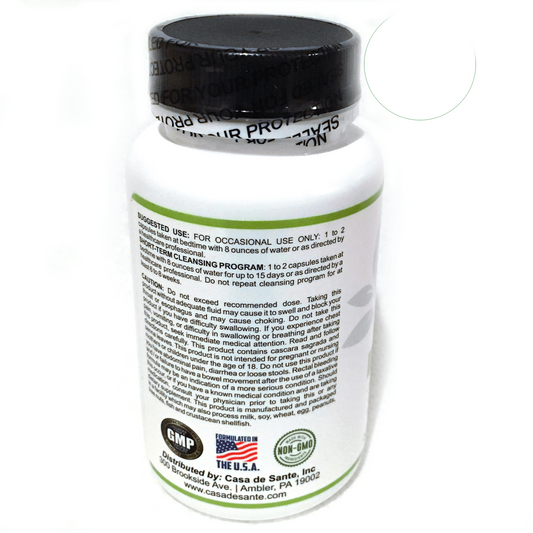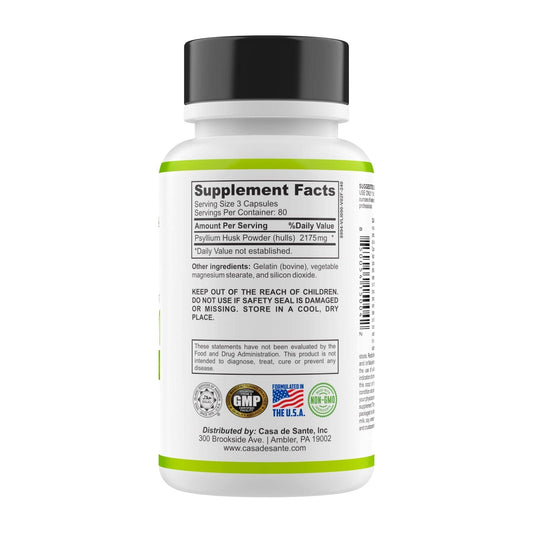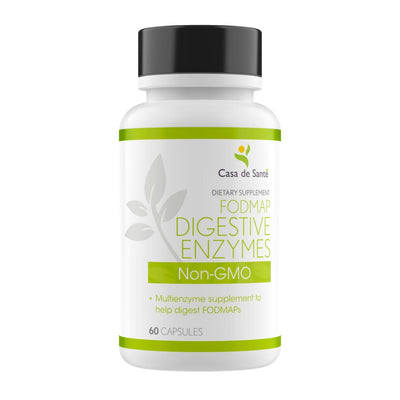GI-Basic Profile By US Biotek vs SIBO/IMO Lactulose Breath Test
GI-Basic Profile By US Biotek vs SIBO/IMO Lactulose Breath Test
The gastrointestinal (GI) system plays a crucial role in our overall health and well-being. It is responsible for the digestion and absorption of nutrients, as well as the elimination of waste products. When the balance of bacteria in our GI tract is disrupted, it can lead to various health issues. Two commonly used tests for assessing GI health are the GI-Basic Profile by US Biotek and the SIBO/IMO Lactulose Breath Test.
Understanding the GI-Basic Profile
The GI-Basic Profile is a comprehensive test that analyzes various markers related to gastrointestinal health. It aims to determine the presence of any imbalances or dysfunctions in the GI tract. The test measures the levels of digestive enzymes, beneficial bacteria, yeast, and other factors that contribute to proper GI functioning.
The GI-Basic Profile test is a non-invasive procedure that requires a stool sample. The sample is then sent to a laboratory for analysis. The test is easy to perform and provides valuable insights into the overall health of the digestive system. It is particularly useful for individuals experiencing chronic digestive issues or suspected imbalances in their microbiome.
When conducting the GI-Basic Profile test, healthcare professionals take into account various factors that may affect the results. These factors include diet, medication usage, and lifestyle choices. By considering these variables, healthcare providers can better interpret the test results and develop an appropriate treatment plan.
Upon receiving the test results, healthcare professionals can interpret the findings and develop an appropriate treatment plan. The results indicate the presence of any imbalances, such as low levels of beneficial bacteria or overgrowth of harmful microorganisms. By addressing these imbalances, healthcare providers can help restore proper GI function and alleviate symptoms.
It is important to note that the GI-Basic Profile test is just one tool in diagnosing and treating gastrointestinal conditions. Healthcare providers may recommend additional tests or procedures to further evaluate the digestive system. These may include endoscopy, colonoscopy, or blood tests to assess specific markers of inflammation or nutrient deficiencies.
Furthermore, the results of the GI-Basic Profile test can provide valuable information for individuals looking to optimize their gut health. By identifying imbalances early on, individuals can make targeted dietary and lifestyle changes to support a healthy GI tract. This may involve incorporating probiotics, prebiotics, and specific dietary modifications to promote a diverse and thriving gut microbiome.
In conclusion, the GI-Basic Profile test is a valuable tool in assessing gastrointestinal health. It provides insights into imbalances or dysfunctions in the GI tract and allows healthcare professionals to develop targeted treatment plans. By addressing these imbalances, individuals can restore proper GI function and improve overall well-being.
An Overview of SIBO/IMO Lactulose Breath Test
Understanding SIBO and IMO
Small Intestinal Bacterial Overgrowth (SIBO) and Intestinal Microbiota Overgrowth (IMO) are conditions characterized by an excessive growth of bacteria in the small intestine. These imbalances can lead to various digestive symptoms and nutrient malabsorption. The SIBO/IMO Lactulose Breath Test is designed to diagnose these conditions.
SIBO occurs when there is an abnormal increase in the number and/or types of bacteria in the small intestine. This overgrowth can disrupt the normal digestive process, leading to symptoms such as bloating, abdominal pain, diarrhea, and constipation. IMO, on the other hand, refers to an imbalance in the overall composition of the gut microbiota, which can also result in similar symptoms.
Both SIBO and IMO can be caused by a variety of factors, including impaired gut motility, structural abnormalities in the small intestine, chronic use of certain medications, and underlying medical conditions such as Crohn's disease or celiac disease. Identifying the presence of bacterial overgrowth is crucial in order to provide appropriate treatment and alleviate symptoms.
The Process of the Lactulose Breath Test
The SIBO/IMO Lactulose Breath Test involves the ingestion of a specific sugar solution (lactulose). Lactulose is a non-absorbable sugar that is not broken down or metabolized by human enzymes. Instead, it reaches the small intestine intact and is fermented by bacteria present in the area.
During the test, the patient drinks the lactulose solution, which then travels through the digestive system and reaches the small intestine. As the lactulose is fermented by the bacteria in the small intestine, gases such as hydrogen and methane are produced as byproducts of this process. These gases are then absorbed into the bloodstream and eventually exhaled through the breath.
After ingesting the lactulose solution, the patient is required to breathe into a collection device at regular intervals. Breath samples are collected and analyzed to measure the levels of hydrogen and methane gases. These gas levels are indicators of bacterial overgrowth in the small intestine.
Reading and Understanding the Test Results
Interpreting the results of the SIBO/IMO Lactulose Breath Test requires the expertise of a healthcare professional familiar with SIBO and IMO diagnosis. The test results provide valuable information on the levels of hydrogen and methane gases present in the breath samples.
Elevated levels of hydrogen and/or methane gases suggest the presence of bacterial overgrowth in the small intestine. The severity of the overgrowth can be determined by the concentration of these gases. Additionally, the pattern of gas production over time can also provide insights into the location and nature of the overgrowth.
It is important to note that the SIBO/IMO Lactulose Breath Test is just one diagnostic tool and should be used in conjunction with other clinical evaluations and tests. A comprehensive assessment of the patient's medical history, symptoms, and physical examination is crucial for an accurate diagnosis.
Once a diagnosis of SIBO or IMO has been made, appropriate treatment strategies can be implemented. These may include dietary modifications, antimicrobial therapy, probiotics, and addressing underlying conditions contributing to the bacterial overgrowth.
In conclusion, the SIBO/IMO Lactulose Breath Test is a valuable tool in diagnosing Small Intestinal Bacterial Overgrowth (SIBO) and Intestinal Microbiota Overgrowth (IMO). By measuring the levels of hydrogen and methane gases in breath samples, healthcare professionals can identify and address bacterial imbalances in the small intestine, leading to improved digestive health and symptom relief for patients.
Comparing the GI-Basic Profile and SIBO/IMO Lactulose Breath Test
Similarities Between the Two Tests
Both the GI-Basic Profile and the SIBO/IMO Lactulose Breath Test aim to assess the health of the gastrointestinal system. They provide valuable information that can guide treatment decisions. Additionally, both tests are non-invasive and easy to perform.
The GI-Basic Profile is a comprehensive test that evaluates various markers related to GI health. It includes the analysis of enzyme levels, which can indicate the efficiency of digestion and absorption in the gastrointestinal tract. By measuring the activity of these enzymes, healthcare professionals can gain insights into the overall functioning of the digestive system.
Similarly, the SIBO/IMO Lactulose Breath Test is designed to specifically target small intestine bacterial overgrowth. This condition occurs when there is an abnormal increase in the number of bacteria in the small intestine, leading to various digestive symptoms. The test measures breath gas analysis to detect the presence of certain gases produced by bacteria, providing evidence of bacterial overgrowth.
Differences and Unique Features
While both tests provide valuable information about gastrointestinal health, they have unique focuses and provide complementary insights.
The GI-Basic Profile offers a broader assessment of GI health by evaluating multiple markers. It not only examines enzyme levels but also analyzes the balance of beneficial and harmful bacteria in the gut. This information can help identify imbalances that may contribute to digestive disorders such as irritable bowel syndrome (IBS) or inflammatory bowel disease (IBD).
In contrast, the SIBO/IMO Lactulose Breath Test is specifically designed to detect small intestine bacterial overgrowth. By measuring the presence of certain gases in the breath, such as hydrogen and methane, the test can identify the overgrowth of bacteria in the small intestine. This information is crucial in diagnosing and treating SIBO, which can cause symptoms such as bloating, abdominal pain, and diarrhea.
Which Test is More Accurate?
The accuracy of both the GI-Basic Profile and the SIBO/IMO Lactulose Breath Test depends on the specific condition being assessed. Each test provides different insights into gastrointestinal health, and the choice between them is best made in consultation with a healthcare professional.
When determining which test to use, healthcare professionals consider the individual's symptoms, medical history, and clinical presentation. For example, if a patient presents with symptoms suggestive of small intestine bacterial overgrowth, such as bloating and diarrhea, the SIBO/IMO Lactulose Breath Test may be the preferred choice. On the other hand, if the symptoms are more generalized and there is a need for a comprehensive evaluation of GI health, the GI-Basic Profile may be recommended.
Ultimately, the accuracy of either test relies on the expertise and experience of the healthcare professional interpreting the results. They will consider the test findings in conjunction with the patient's clinical picture to make an accurate diagnosis and develop an appropriate treatment plan.
Case Studies and Real-Life Applications
Case Study: Using the GI-Basic Profile
A patient suffering from chronic digestive issues underwent the GI-Basic Profile test. The results revealed imbalances in the gut microbiome, including low levels of beneficial bacteria. Based on this information, the healthcare provider recommended a targeted probiotic supplement to restore the bacterial balance and improve gastrointestinal health. The patient reported significant relief from digestive symptoms after following the recommended protocol.
Furthermore, the GI-Basic Profile test not only identified the imbalances in the patient's gut microbiome but also provided valuable insights into the specific types of bacteria that were lacking. This information allowed the healthcare provider to tailor the probiotic supplement to the patient's needs, ensuring maximum effectiveness.
Moreover, the patient's positive response to the recommended protocol highlights the importance of personalized medicine in treating gastrointestinal issues. By utilizing advanced testing methods like the GI-Basic Profile, healthcare professionals can devise targeted interventions that address the root cause of the problem, leading to more successful outcomes.
Case Study: Using the SIBO/IMO Lactulose Breath Test
Another patient experienced recurring bloating and abdominal discomfort. The SIBO/IMO Lactulose Breath Test indicated elevated levels of hydrogen gas, suggesting small intestine bacterial overgrowth. The healthcare provider prescribed a targeted antibiotic treatment to reduce bacterial overgrowth and restore gut health. Following the treatment, the patient reported a significant reduction in symptoms and improved overall well-being.
In addition to identifying small intestine bacterial overgrowth, the SIBO/IMO Lactulose Breath Test also helped determine the most appropriate treatment approach for the patient. By measuring the levels of hydrogen gas, the test provided crucial information about the specific type of bacteria causing the overgrowth, enabling the healthcare provider to select the most effective antibiotic.
Furthermore, the patient's positive response to the treatment highlights the importance of accurate diagnosis in gastrointestinal health. Without the SIBO/IMO Lactulose Breath Test, the patient may have undergone unnecessary treatments or interventions that would not have addressed the underlying issue.
In conclusion, both the GI-Basic Profile by US Biotek and the SIBO/IMO Lactulose Breath Test serve as valuable tools for assessing gastrointestinal health. They provide insights into imbalances and dysfunctions within the GI tract, allowing healthcare professionals to develop effective treatment plans. The choice of test depends on the specific condition being assessed, and consultation with a healthcare provider is essential for accurate interpretation and guidance.
Moreover, the advancements in diagnostic testing have revolutionized the field of gastroenterology, enabling healthcare providers to take a more targeted and personalized approach to patient care. By utilizing these tests, healthcare professionals can uncover underlying issues that may have gone undetected in the past, leading to improved outcomes and better quality of life for patients suffering from gastrointestinal conditions.
Additionally, the continued research and development in this field hold promise for even more accurate and comprehensive testing methods in the future. As technology advances, healthcare providers can expect to have access to even more detailed information about the gut microbiome and its impact on overall health.


